Working during pregnancy
Employment Considerations During Pregnancy and the Postpartum Period
Number 733
The Committee on Obstetric Practice
This Committee Opinion was developed by the American College of Obstetricians and Gynecologists’ Committee on Obstetric Practice in collaboration with committee members Rebecca Jackson, MD and Meredith L. Birsner, MD, and with the assistance of Sharon Terman, JD, and Liz Morris, JD.
ABSTRACT: In the United States, it is common for women, including mothers and pregnant women, to work outside the home. Working during pregnancy is generally safe. For those in high-risk occupations or with medically complicated pregnancies, work accommodations often can allow for continued safe employment. The major employment issues concerning pregnant women include pregnancy-related discrimination, work accommodations that allow continued employment, job-protected leave, and wage replacement while on leave. Workplace discrimination related to being pregnant and pregnancy-related harassment, including discrimination in the hiring process, is prohibited by federal and state law. There is no federal law guaranteeing comprehensive accommodations for pregnant and postpartum workers. Current federal and state laws provide protection for some pregnant women, but not others, because of eligibility requirements and state-by-state differences. By writing appropriate notes to employers, obstetrician–gynecologists and other obstetric care providers can be instrumental in obtaining accommodations for their patients who are able to continue working. Accommodations that allow a woman to keep working are the most reliable way to guarantee pay, benefits, and job protection. Obstetrician–gynecologists and other obstetric care providers also can assist pregnant women and their partners by providing them with information and resources that might help them better understand their employment rights. However, in cases for which potential job discrimination has occurred, accommodations are denied, extended medical leave is necessary, or when other complex employment questions arise, legal assistance should be obtained.
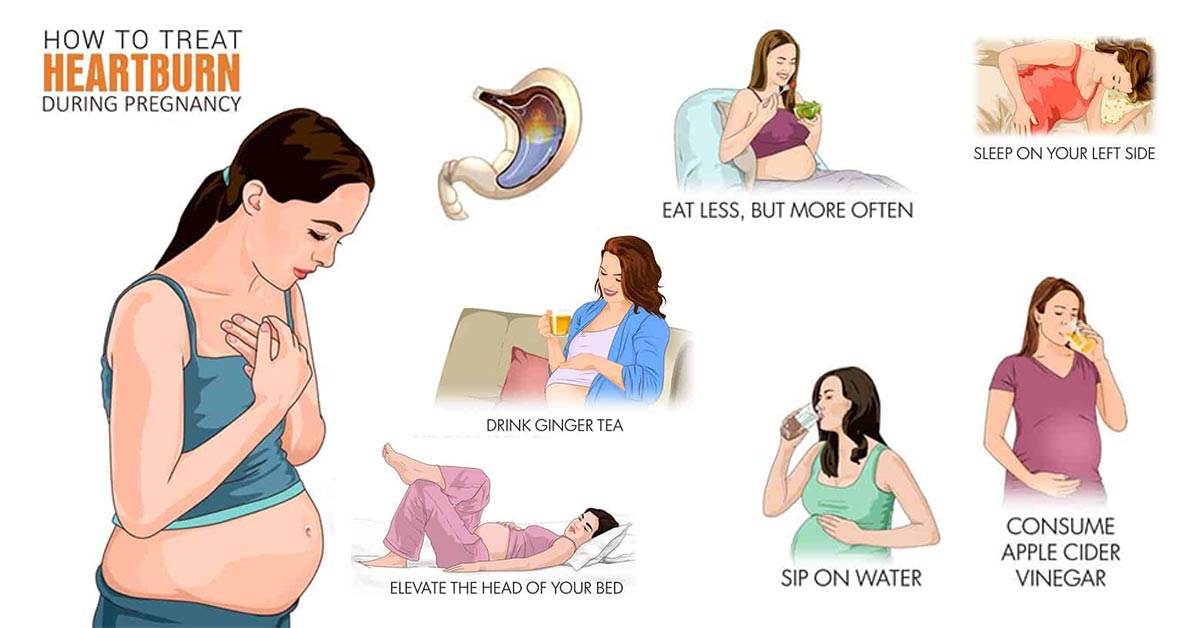
Recommendations
The American College of Obstetricians and Gynecologists makes the following recommendations:
Working during pregnancy is generally safe. For those in high-risk occupations or with medically complicated pregnancies, work accommodations often can allow for continued safe employment.
By writing appropriate notes to employers, obstetrician–gynecologists and other obstetric care providers can be instrumental in obtaining accommodations for their patients who are able to continue working. Accommodations that allow a woman to keep working are the most reliable way to guarantee pay, benefits, and job protection.
Medical leave is finite and is often unpaid or partially paid. Women typically are expected to return to work or risk losing their jobs after medical leave has been used. Obstetrician–gynecologists and other obstetric care providers can play a valuable role in informing women of potential effects on income or job security, particularly when extended leave is medically indicated.
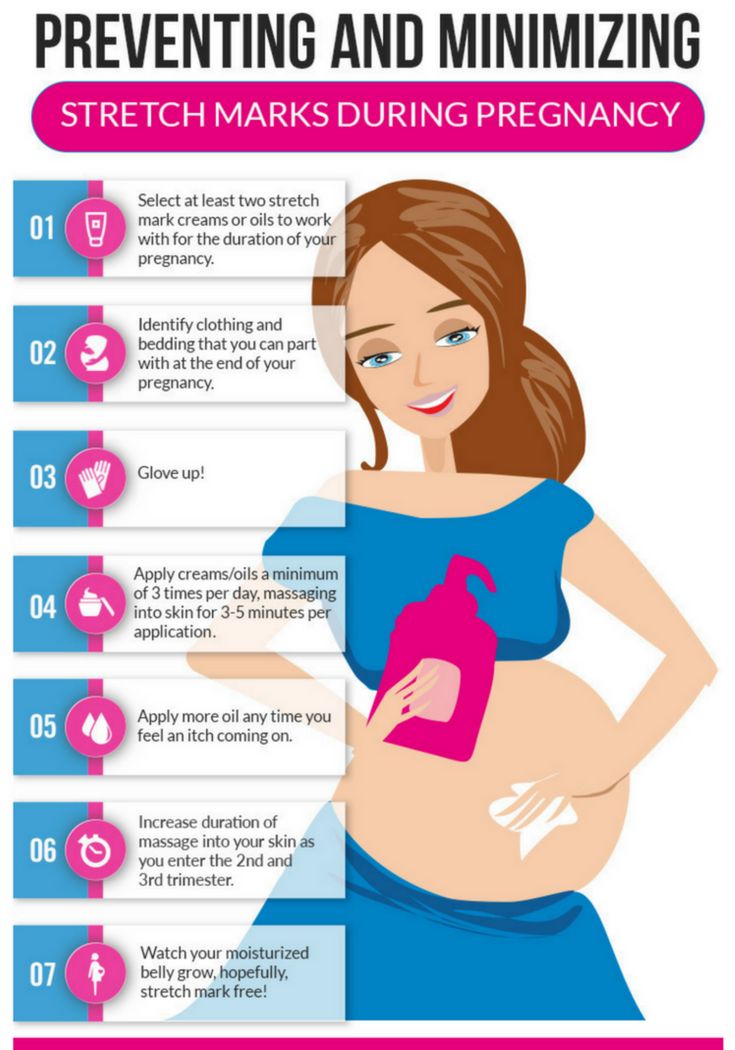
Obstetrician–gynecologists and other obstetric care providers also can assist pregnant women and their partners by providing them with information and resources that might help them better understand their employment rights. However, in cases for which potential job discrimination has occurred, accommodations are denied, extended medical leave is necessary, or when other complex employment questions arise, legal assistance should be obtained.
Introduction
In the United States, it is common for women, including mothers and pregnant women, to work outside the home. In 2015, 70% of all women with children younger than 18 years participated in the labor force 1. Of pregnant women, 56% work full time during pregnancy, and 82% of nulliparous women continue to work to within the month before their due dates. Most women (73%) return to work within 6 months after giving birth 2. The United States is the only developed country that does not have a national paid maternity or parental leave program, which leaves many pregnant women and their families without job protection, health insurance benefits, or wages at a vulnerable time. Therefore, obstetrician–gynecologists and other obstetric care providers can help pregnant women continue to work when it is safe for them to do so by requesting work modifications or accommodations when indicated.
Therefore, obstetrician–gynecologists and other obstetric care providers can help pregnant women continue to work when it is safe for them to do so by requesting work modifications or accommodations when indicated.
Employment laws and leave programs are complex and vary from state to state. If a pregnant woman cannot work for medical reasons, she, or her partner, or both, may be entitled to partially paid or unpaid job-protected leave. By educating themselves regarding laws and leave policies, obstetrician–gynecologists and other obstetric care providers can help their patients obtain the necessary accommodations and medical leave or help them identify resources to address pregnancy-related job discrimination.
Employment Issues for Pregnant Women and Parents
The major employment issues concerning pregnant women include pregnancy-related discrimination, work accommodations that allow continued employment, job-protected leave, and wage replacement while on leave. After delivery, the issues center on lactation accommodations and leave for physical recovery, bonding, and caring for the child. (For federal and state laws related to these issues see Table 1 or the For More Information section.)
After delivery, the issues center on lactation accommodations and leave for physical recovery, bonding, and caring for the child. (For federal and state laws related to these issues see Table 1 or the For More Information section.)
Pregnancy Discrimination
Workplace discrimination related to being pregnant and pregnancy-related harassment, including discrimination in the hiring process, is prohibited by federal and state law. Nonetheless, cases of pregnancy discrimination reported to the U.S. Equal Employment Opportunity Commission are increasing 3. Exemplar cases include women who were fired after divulging that they were pregnant, pregnant women who were held to higher standards than other workers (such as being tested to ensure they are capable of doing their jobs), women who were forced to take leave because they were pregnant, or who were pressured to stay home for the health of their fetus.
The Pregnancy Discrimination Act requires that pregnant employees be treated the same as nonpregnant employees who are similar in their ability or inability to work and makes it illegal to compel a woman to take medical leave because of pregnancy if she is capable of continuing her job.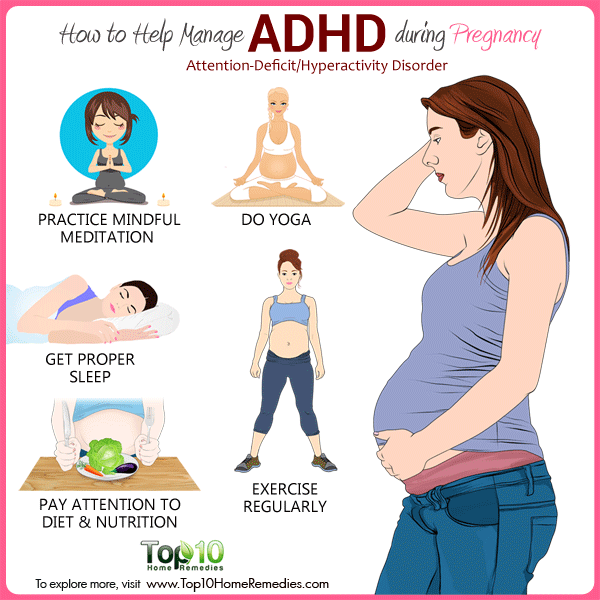 It is also illegal to terminate a woman’s employment for being pregnant; yet, nearly one third of allegations to the U.S. Equal Employment Opportunity Commission claim termination occurred solely because of the employee’s pregnancy 3. If a patient reports possible pregnancy-related job discrimination, it is recommended that she consult with an employment law attorney or free legal aid service (see the For More Information section).
It is also illegal to terminate a woman’s employment for being pregnant; yet, nearly one third of allegations to the U.S. Equal Employment Opportunity Commission claim termination occurred solely because of the employee’s pregnancy 3. If a patient reports possible pregnancy-related job discrimination, it is recommended that she consult with an employment law attorney or free legal aid service (see the For More Information section).
Accommodations for Pregnancy and Lactation
Accommodations are work modifications that allow a person to continue to safely perform the essential functions (primary duties) of the job, thereby allowing continued pay and benefits. Examples related to pregnancy include taking additional rest breaks; having a stool or chair available for sitting; avoiding potentially dangerous activities, such as climbing a ladder; or working flexible hours to attend prenatal appointments. A national survey of pregnant working women showed that although 53% felt the need to change their job duties, 37% never requested such changes.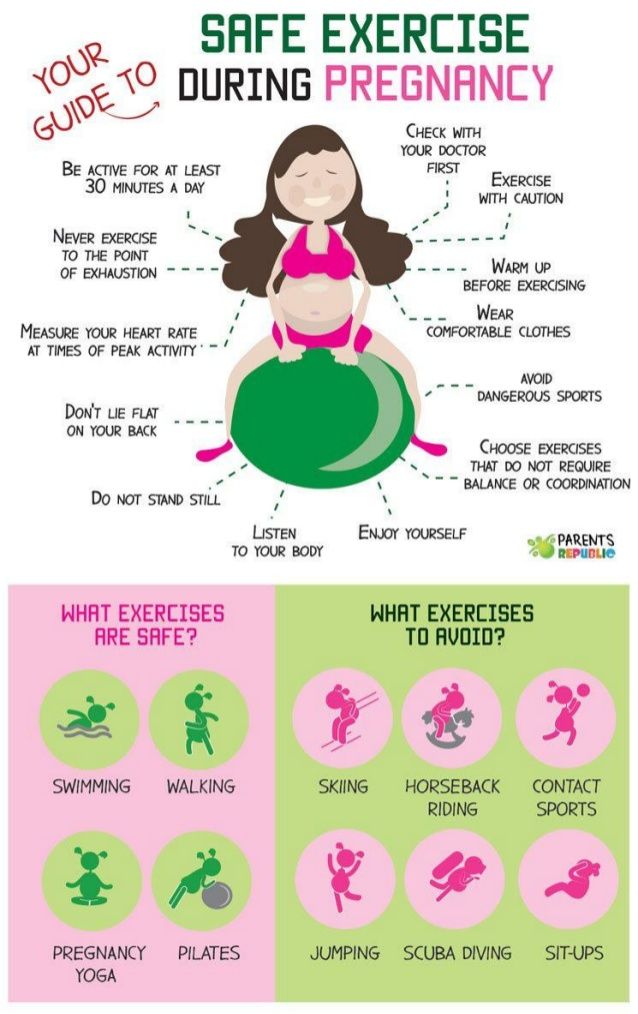 Furthermore, of those who did request accommodation, at least 9% were denied 4.
Furthermore, of those who did request accommodation, at least 9% were denied 4.
There is no federal law guaranteeing comprehensive accommodations for pregnant and postpartum workers. Current federal and state laws provide protection for some pregnant women, but not others, because of eligibility requirements and state-by-state differences. Under the Americans with Disabilities Act, the definition of disability was recently expanded to include less-severe, temporary impairments, such as those that are pregnancy-related. This expansion entitles pregnant women to work accommodations as long as those accommodations do not create an undue burden for the employer. In addition, federal law and some state laws require employers to provide reasonable break time and a private space (not a bathroom) to pump breast milk. The Pregnancy Discrimination Act entitles pregnant and lactating workers to the same accommodations offered to other workers with similar limitations arising out of a temporary disability. Yet, even with these protections in place, legal rights to accommodations for pregnancy and lactation remain patchwork and incomplete. By writing appropriate notes to employers, obstetrician–gynecologists and other obstetric care providers can be instrumental in obtaining accommodations for their patients who are able to continue working Box 1. Accommodations that allow a woman to keep working are the most reliable way to guarantee pay, benefits, and job protection.
Yet, even with these protections in place, legal rights to accommodations for pregnancy and lactation remain patchwork and incomplete. By writing appropriate notes to employers, obstetrician–gynecologists and other obstetric care providers can be instrumental in obtaining accommodations for their patients who are able to continue working Box 1. Accommodations that allow a woman to keep working are the most reliable way to guarantee pay, benefits, and job protection.
How to Write a Work Accommodation Note
Only suggest a work restriction or modification when medically necessary. Start as small as possible and scale up to give the employer more flexibility for accommodations.
Try to determine whether the requested job modification limits an essential function (eg, a typist must be able to type). Discuss possible accommodations to request and the risks of requesting (eg, if an accommodation to an essential function is requested that cannot be provided, the employer may place employee on medical leave.
 If she is not eligible for medical leave, she may be terminated).
If she is not eligible for medical leave, she may be terminated).Specifically state the work restriction (eg, “Due to her pregnancy-related condition, it is medically advisable that Ms. Xyz not stand for prolonged periods [more than 2 hours continuously] without a break or without an opportunity to sit”).
It is not necessary to suggest an accommodation but this can be helpful to the employer and employee. Be as specific as possible (eg, “I recommend the following reasonable accommodation: Providing a stool or a 15-minute break every 2 hours”). Avoid general statements, such as “no physical activity” or “decreased stress.” Do not request “light duty,” as this has a specific legal definition, and not all employers have a light duty option. Asking for light duty may lead to a denial of the accommodation, leaving medical leave as the only option.
State that your patient is able to continue to work (eg, “Ms. Xyz is able to continue working with a reasonable accommodation”).

State the expected duration of the modification (which can be extended).
Jackson RA, Gardner S, Torres LN, Huchko MJ, Zlatnik MG, Williams JC. My obstetrician got me fired: how work notes can harm pregnant patients and what to do about it. Obstet Gynecol 2015;126:250–4.
Job-Protected Leave for Pregnancy and Bonding
Job protection and continuation of health benefits (without pay) while on leave are afforded under the federal Family and Medical Leave Act (FMLA) as well as a number of state laws. However, because of eligibility criteria, only approximately 60% of workers in the United States are eligible for FMLA protection Table 1 or the For More Information section) 5. In particular, workers with less than 1 year of employment are ineligible, and to be covered by the FMLA a worksite must be part of a firm with at least 50 employees. However, individual company policies may provide leave for pregnancy, even for newly hired employees. In practice, even workers eligible for FMLA protection may not be able to afford unpaid leave or must cut their leave short because of financial or workplace pressure 5.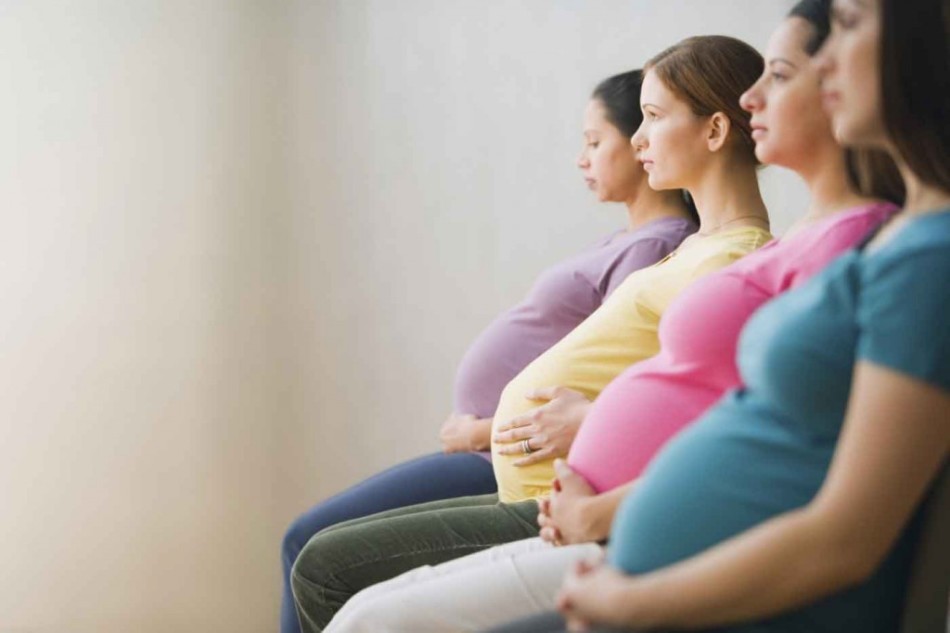
The FMLA guarantees that an employee must be able to return to her previous or a similar job with the same pay, benefits, and working conditions. It affords 12 weeks of total leave, which may be used for prenatal appointments, pregnancy-related medical conditions (including those related to miscarriage or pregnancy loss), physical recovery, and infant bonding. Once FMLA leave time has been used, the employee is expected to return to work. The FMLA does not guarantee continued pay while on leave. Therefore, in states that do not have additional protections, working as long as possible during pregnancy allows for more time off postpartum and for continued income, which is important for many women. The FMLA also allows time off for parents to care for an adopted or foster child.
A few states currently offer variations on the FMLA for pregnancy disability leave, or family leave, or both. Physicians and patients should be aware of state laws regarding pregnancy leave protections and eligibility requirements, provisions for pregnancy accommodation, and workplace breastfeeding rights. Up-to-date lists of pertinent laws in each state are available at www.abetterbalance.org/know-your-rights and www.dol.gov/wb/maps/.
Up-to-date lists of pertinent laws in each state are available at www.abetterbalance.org/know-your-rights and www.dol.gov/wb/maps/.
If there are complications during pregnancy or the postpartum period that require more than 12 weeks of leave, leave can be further extended under the Americans with Disabilities Act as a “reasonable accommodation” provided it does not create an undue hardship for the employer 6. Importantly, medical leave is finite and is often unpaid or partially paid. Women typically are expected to return to work or risk losing their jobs after medical leave has been used. Therefore, obstetrician–gynecologists and other obstetric care providers can play a valuable role in informing women of potential effects on income or job security, particularly when extended leave is medically indicated. If feasible and medically appropriate, an accommodation that allows a woman to continue working is a better option for job protection. If a woman is expected to need extended leave because of a medical condition, consultation first with her employer and, if necessary, with an attorney or free legal aid service is suggested (see the For More Information section).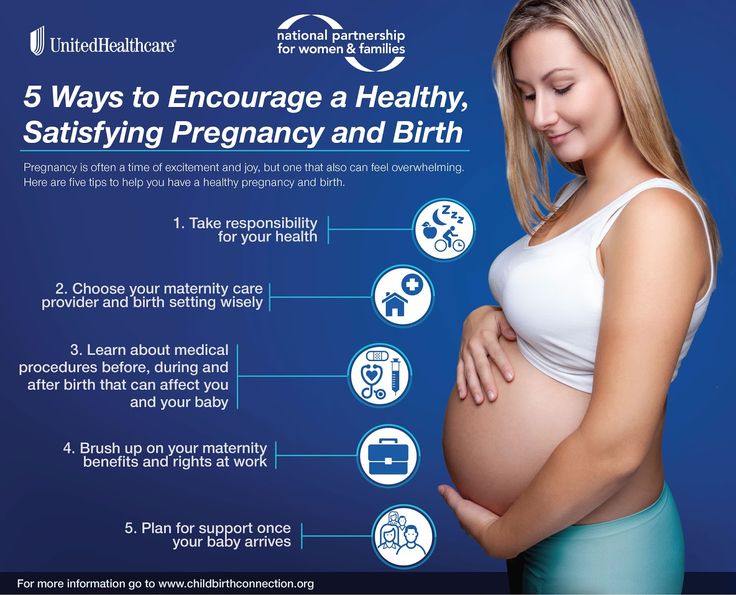
Income Replacement During Leave
In a 2014 United Nations Survey of 185 countries, only Papua New Guinea and the United States did not have national paid maternity leave policies 7. Although government agencies and many large companies offer paid leave to their employees, many women, especially those who work for smaller companies or in low-wage jobs, are not provided with paid maternity leave. For example, a Bureau of Labor survey showed that only 42% of private-sector workers reported access to paid personal medical leave and only 14% had access to paid family leave 8. Furthermore, Hispanic workers, lower-wage earners, and workers with less than a college education have less access to paid leave 9. Paid leave has been shown to increase the proportion of women, especially low-income women, who return to work after giving birth and is associated with higher rates of female employment 10.
Paid parental leave (additional leave for bonding beyond recovery from childbirth) has been linked in observational and geographic ecologic studies with better health for women and their infants, including lower rates of mental health symptoms 11, higher rates of breastfeeding and childhood immunizations 12 and, in some European studies, lower infant mortality 13.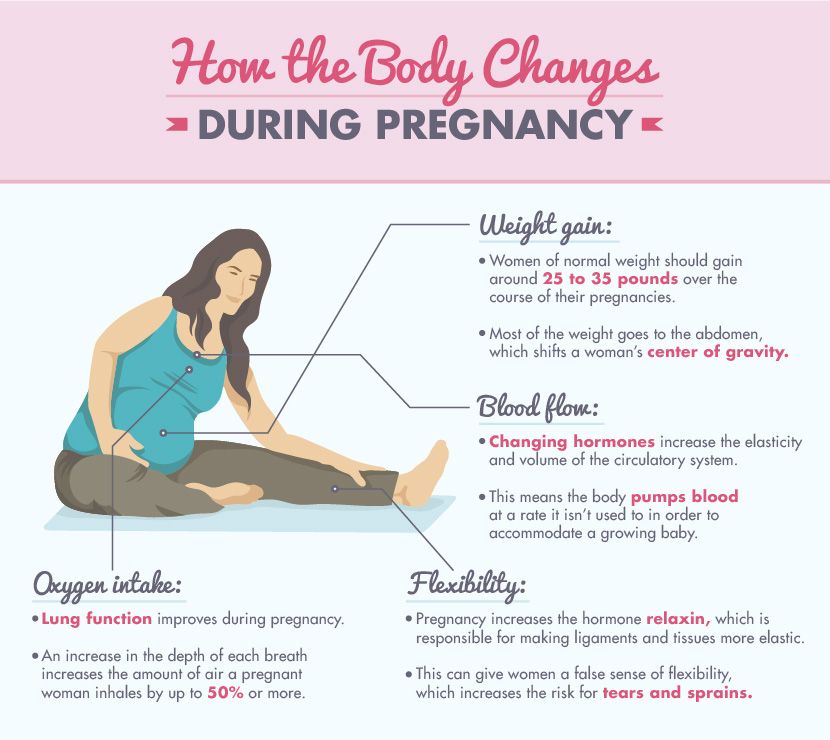 The American College of Obstetricians and Gynecologists’ policy on paid parental leave is available at www.acog.org/-/media/Statements-of-Policy/Public/92ParentalLeaveJuly16.pdf?dmc=1&ts=20170419T1540420564.
The American College of Obstetricians and Gynecologists’ policy on paid parental leave is available at www.acog.org/-/media/Statements-of-Policy/Public/92ParentalLeaveJuly16.pdf?dmc=1&ts=20170419T1540420564.
Some states offer partial income replacement for pregnancy disability through payroll deduction-funded disability programs. Benefits vary by state and change frequently. Online sources for up-to-date state benefits can be found at www.abetterbalance.org/know-your-rights 6 and www.nationalpartnership.org/research-library/work-family/paid-leave/state-paid-family-leave-laws.pdf 7 (see also the For More Information section). Importantly, these programs provide wage replacement but do not guarantee job protection during the disability period; job protection is guaranteed through the FMLA, or state laws, or both, and must be requested from the employer separately. Income replacement for leave taken to bond with a new child is currently available only in a few jurisdictions.
If a woman is terminated because of issues related to pregnancy, childbirth, or lactation, she may be eligible for unemployment benefits, depending on state laws.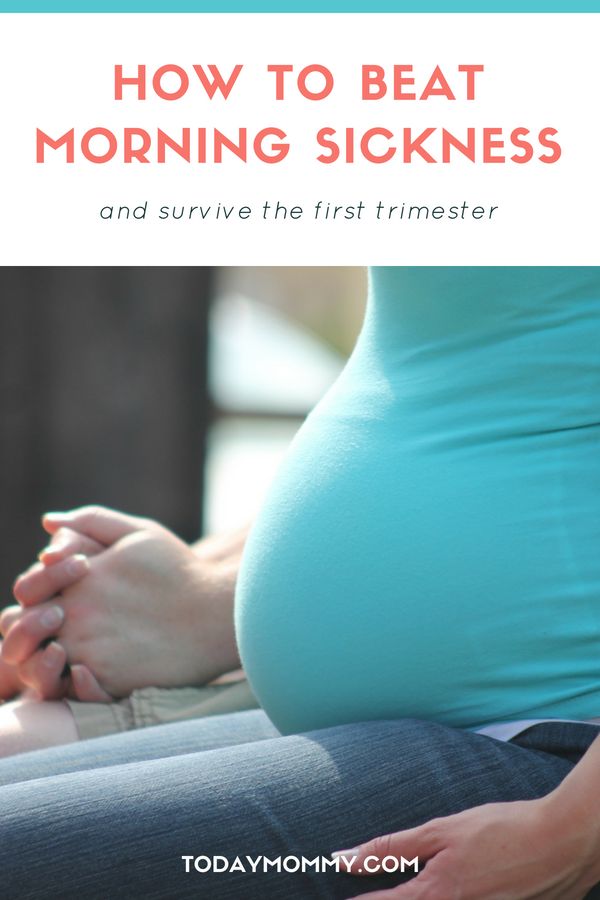 Consultation with an employment lawyer or free legal aid service is recommended (see the For More Information section).
Consultation with an employment lawyer or free legal aid service is recommended (see the For More Information section).
Safety of Work During Pregnancy
Multiple studies confirm that it is generally safe for a woman with an uncomplicated pregnancy to work throughout most of the pregnancy without adverse effects for the woman or her infant 14 15 16. However, accommodations may need to be made for women who work in occupations in which they are exposed to teratogenic toxins (eg, pesticides and heavy metals), in very physically demanding professions, and in jobs that have an increased risk of falls or injuries (especially as the pregnancy progresses and the woman’s center of gravity shifts). Women with complicated pregnancies also may need work modifications to continue to work safely. For example, a woman with gestational diabetes may need additional break time as well as a private space for glucose testing and snacking. Evidence on the safety of specific working conditions is summarized in the following sections.
Toxic Occupational Exposures in the Workplace
Although more than 100,000 compounds are used in diverse occupational settings, very few have been sufficiently studied to draw conclusions about potential reproductive harms 17. Exposures that generally are believed to pose a risk of fetal anomaly, miscarriage, or other adverse pregnancy outcomes include the following: heavy metals (eg, lead, mercury, and arsenic), all classes of pesticides and certain herbicides, specific solvents (eg, toluene and benzene), ionizing radiation, and certain chemotherapeutic agents (eg, methotrexate) 17 18 19 20 21. The U.S. Occupational Safety and Health Administration regulates exposure to chemicals and radiation in workplaces. Patients who work with chemicals should do so with adequate ventilation and protective gear, such as gloves and masks. Even if it is unknown whether a specific chemical poses risks to pregnancy or lactation, if a patient is bothered by it, an accommodation can be requested. For patients who want more information about risks of a specific chemical, they may obtain the chemical’s safety data sheet (formerly material safety data sheets), which includes basic information about the risks of exposure during pregnancy. Further information on workplace exposures is available at CDC-NIOSH: www.cdc.gov/niosh/topics/repro/specificexposures.html.
For patients who want more information about risks of a specific chemical, they may obtain the chemical’s safety data sheet (formerly material safety data sheets), which includes basic information about the risks of exposure during pregnancy. Further information on workplace exposures is available at CDC-NIOSH: www.cdc.gov/niosh/topics/repro/specificexposures.html.
Miscarriage
Results of studies that examined the association of workplace activities with miscarriage are mixed. A meta-analysis of predominantly retrospective cohort and case–control studies showed an increased risk of miscarriage or stillbirth with night work compared with day shifts (relative risk, 1.51; 95% CI, 1.27–1.78) 22. The single prospective study showed no effect but only included miscarriages after 12 weeks of gestation 23. Working more than 40 hours per week was associated with a modest increased risk overall (relative risk, 1.36; 95% CI, 1.25–1.49), but the association was not significant when limited to higher quality studies. No increased risk was found for mixed shift work, lifting more than 100 kg/day (220 lb), or standing more than 6 hours per day. However, a recent large retrospective cohort study of occupational lifting from Denmark showed elevated risk of miscarriage associated with extensive lifting 24. The hazard ratio was 1.38 (95% CI, 1.10–1.74) for a total weight load per day of 101–200 kg (approximately 220–440 lb) and 2.02 (95% CI, 1.23–3.33) for a daily load greater than 1,000 kg (approximately 2,200 lb) as compared with nonlifters.
No increased risk was found for mixed shift work, lifting more than 100 kg/day (220 lb), or standing more than 6 hours per day. However, a recent large retrospective cohort study of occupational lifting from Denmark showed elevated risk of miscarriage associated with extensive lifting 24. The hazard ratio was 1.38 (95% CI, 1.10–1.74) for a total weight load per day of 101–200 kg (approximately 220–440 lb) and 2.02 (95% CI, 1.23–3.33) for a daily load greater than 1,000 kg (approximately 2,200 lb) as compared with nonlifters.
A second meta-analysis focused on shift work 25. All studies included in the analysis were retrospective and had adjustment for confounders. Night shifts were associated with early spontaneous pregnancy loss (adjusted odds ratio, 1.41; 95% CI, 1.22–1.63), defined by spontaneous loss of pregnancy before 25 weeks of gestation.
It is difficult to draw definitive conclusions from these studies because of their methodological issues, including substantial variation in the definitions of exposures, incomplete control of confounding, and potential for recall bias. At most, there appears to be a slight to modest increased risk of miscarriage with night shift work and extensive occupational lifting, although these levels of increased risk could also be attributed to bias and confounding.
At most, there appears to be a slight to modest increased risk of miscarriage with night shift work and extensive occupational lifting, although these levels of increased risk could also be attributed to bias and confounding.
Preterm Birth
Three recent meta-analyses that examined preterm birth concluded that there is a slight to modest increased risk of preterm birth associated with some work conditions 15 16 26. For example, a systematic review and meta-analysis found a statistically significant association between preterm delivery and standing and walking at work for more than 3 hours a day (odds ratio [OR], 1.3; 95% CI, 1.1–1.6), lifting and carrying more than 5 kg (11 lb) (OR, 1.3; 1.05–1.6), or physical exertion at work (OR, 1.4; 95% CI, 1.2–1.7) 16. A 2013 systematic review and meta-analysis found a statistically significant association between preterm delivery and working more than 40 hours a week (OR, 1.2; 95% CI, 1.1–1.3), standing more than 4 hours a day (OR, 1.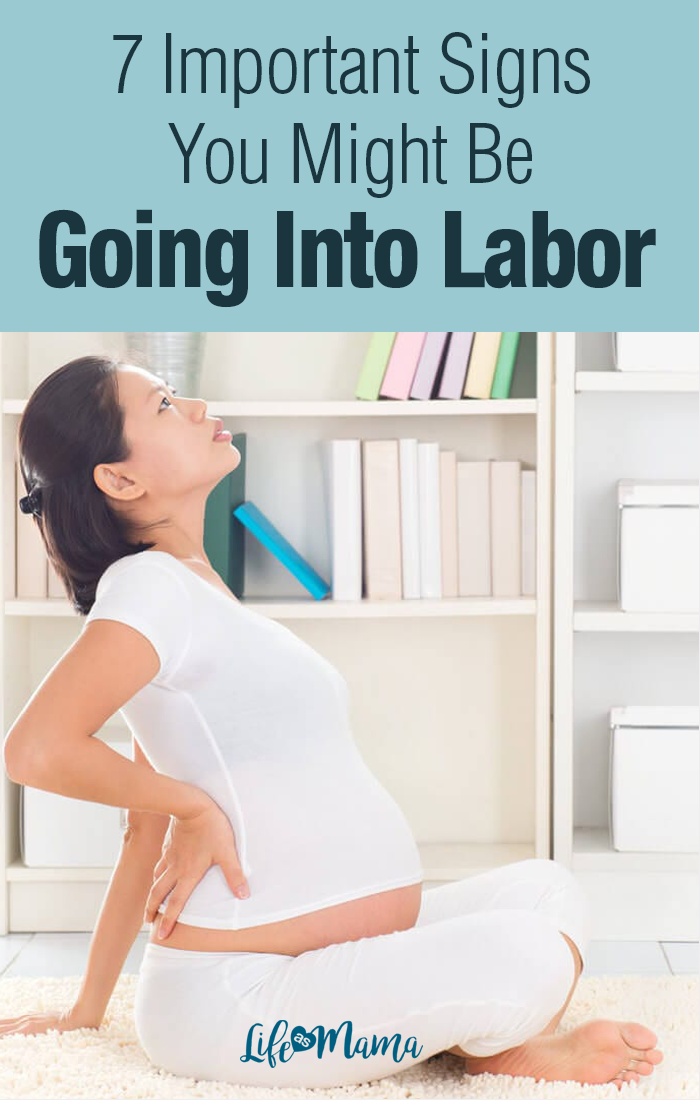 2; 95% CI, 1.1–1.3), and shift work (usually defined as either shift or night work, OR, 1.1; 1.0–1.3) 15. On the other hand, another study found no association between shift work and preterm delivery but did find a slight increased risk among those who worked more than 40 hours a week (OR, 1.3; 1.0–1.5) 26. In all three studies, the odds ratios were lower when the meta-analyses were restricted to higher quality studies.
2; 95% CI, 1.1–1.3), and shift work (usually defined as either shift or night work, OR, 1.1; 1.0–1.3) 15. On the other hand, another study found no association between shift work and preterm delivery but did find a slight increased risk among those who worked more than 40 hours a week (OR, 1.3; 1.0–1.5) 26. In all three studies, the odds ratios were lower when the meta-analyses were restricted to higher quality studies.
Although small but significant associations were found for certain workplace activities, it is questionable whether these results were due to bias and confounding or to an actual effect. All studies included in the analysis were observational, and most were retrospective. Furthermore, studies had differing definitions of work conditions, failed to control for important confounders, and often assessed occupational exposure after delivery, which could lead to recall bias. In addition, in most studies, the timing of the work exposure was either not noted or was limited to the first trimester, which made it difficult to draw conclusions about working in the second and third trimesters. In conclusion, there may be a slight increased risk of preterm delivery for certain types of occupational characteristics; however, given the observational nature of these studies, this increased risk may be due entirely to bias and confounding.
In conclusion, there may be a slight increased risk of preterm delivery for certain types of occupational characteristics; however, given the observational nature of these studies, this increased risk may be due entirely to bias and confounding.
Physically Demanding Work
Physically demanding work such as heavy lifting, excessive repetition, awkward postures, and prolonged periods of sitting or standing is associated with low back pain and musculoskeletal disorders in the general population 27. Accommodations that have been shown to mitigate the effects of prolonged standing in the nonpregnant population include floor mats, sit-stand workstations, compression stockings, and supportive shoes 28. Low back pain and musculoskeletal disorders may be exacerbated by physical changes associated with pregnancy. Although the effectiveness of these accommodations has not been specifically studied in pregnancy, it is reasonable to consider such accommodations in symptomatic pregnant women.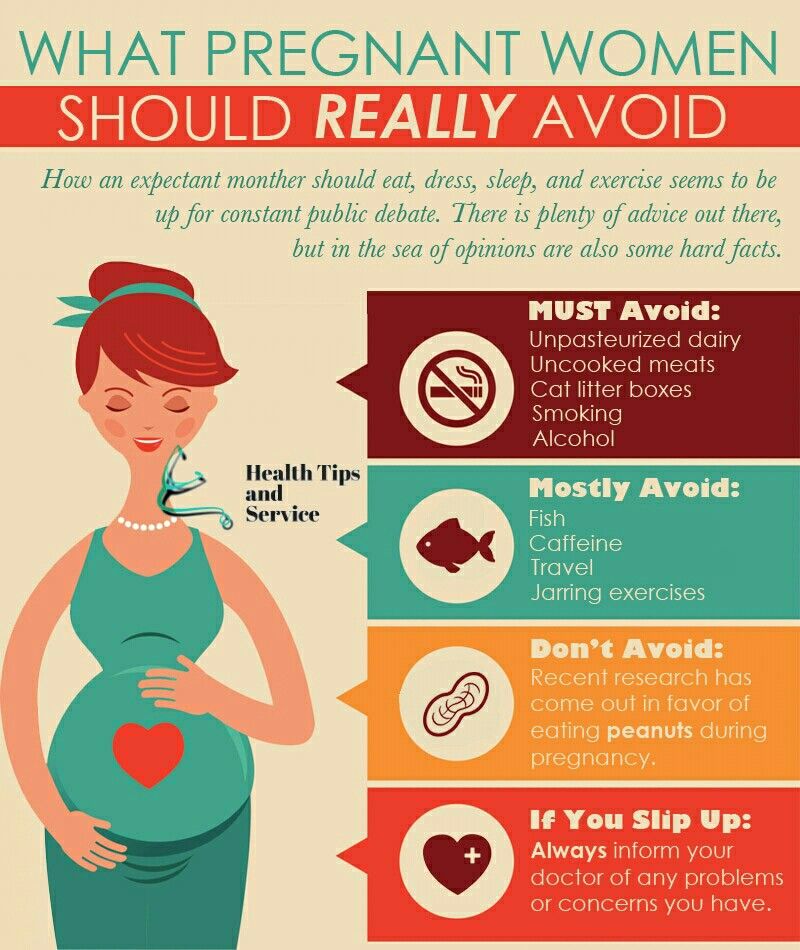 In addition, falls are the leading cause of occupational injury among the general population 19. Pregnant women are at an increased risk of falls because of joint laxity and a shifting center of gravity. Thus, consideration of accommodations for some pregnant women whose work may be associated with an increased risk of falls may be warranted with advancing gestational age.
In addition, falls are the leading cause of occupational injury among the general population 19. Pregnant women are at an increased risk of falls because of joint laxity and a shifting center of gravity. Thus, consideration of accommodations for some pregnant women whose work may be associated with an increased risk of falls may be warranted with advancing gestational age.
Lifting, in particular, poses a risk of musculoskeletal injury and low back pain. The National Institute of Occupational Safety and Health recommends limits for lifting in the workplace and has recently made recommendations specifically for pregnant workers 29. Recommended weight limits are given for nine lifting zones (based on the height of the lift and distance from the body), three lifting patterns (infrequent, repetitive short duration, repetitive long duration), and two gestational phases (less than 20 weeks versus 20 weeks or more) Figure 1. For an ideal lift (defined as a two-handed lift with no twisting and starting at 71–132 cm [28–52 in] above the ground), the recommended weight limit is 16 kg (36 lb) for women in the early gestation period who have an infrequent lifting pattern and 12 kg (26 lb) for women in the later gestation period who have an infrequent lifting pattern. For women in the early gestation period and those in the later gestation period who have a repetitive, short-duration lifting pattern (less than 1 hour at a time followed by a minimum of 1 hour nonlifting activity), the recommended weight limit is 14 kg (30 lb)and 10 kg (22 lb), respectively. For women in the early gestation period and those in the later gestation period who have a repetitive, long-duration pattern, the recommended weight limit is 8 kg (18 lb) and 6 kg (13 lb), respectively.
For women in the early gestation period and those in the later gestation period who have a repetitive, short-duration lifting pattern (less than 1 hour at a time followed by a minimum of 1 hour nonlifting activity), the recommended weight limit is 14 kg (30 lb)and 10 kg (22 lb), respectively. For women in the early gestation period and those in the later gestation period who have a repetitive, long-duration pattern, the recommended weight limit is 8 kg (18 lb) and 6 kg (13 lb), respectively.
Accommodation Requests
Working during pregnancy is generally safe. For those in high-risk occupations or with medically complicated pregnancies, work accommodations often can allow for continued safe employment. Obtaining work accommodations allows a woman to continue to work and, thus, ensures continued pay, benefits, and job protection. When a patient requests a note for a workplace accommodation, the first step is to determine medical necessity. Many women are concerned that work may be harmful to their pregnancies and reassurance is often sufficient. If work accommodations are medically indicated because of pregnancy complications or specific symptoms, physicians should explore the patient’s duties at work to determine whether accommodation might be possible and offer knowledge and additional resources regarding the potential implications of taking medical leave (eg, it is time limited and often partially paid or unpaid and may affect the availability or length of postpartum leave). Physicians should work with their patients to determine their essential job duties. The physician and patient should decide together whether it is possible to propose reasonable accommodations that would allow the patient to continue to perform her essential job functions. Employers also may be able to suggest accommodations. For example, an administrative assistant may have a few duties that involve lifting, but lifting is not an essential component of her work and could reasonably be accommodated by the employer. However, if the patient has a job that involves heavy lifting as an essential function and she is unable to lift, the employer may be unable to provide an accommodation (unless another less strenuous job is available).
If work accommodations are medically indicated because of pregnancy complications or specific symptoms, physicians should explore the patient’s duties at work to determine whether accommodation might be possible and offer knowledge and additional resources regarding the potential implications of taking medical leave (eg, it is time limited and often partially paid or unpaid and may affect the availability or length of postpartum leave). Physicians should work with their patients to determine their essential job duties. The physician and patient should decide together whether it is possible to propose reasonable accommodations that would allow the patient to continue to perform her essential job functions. Employers also may be able to suggest accommodations. For example, an administrative assistant may have a few duties that involve lifting, but lifting is not an essential component of her work and could reasonably be accommodated by the employer. However, if the patient has a job that involves heavy lifting as an essential function and she is unable to lift, the employer may be unable to provide an accommodation (unless another less strenuous job is available).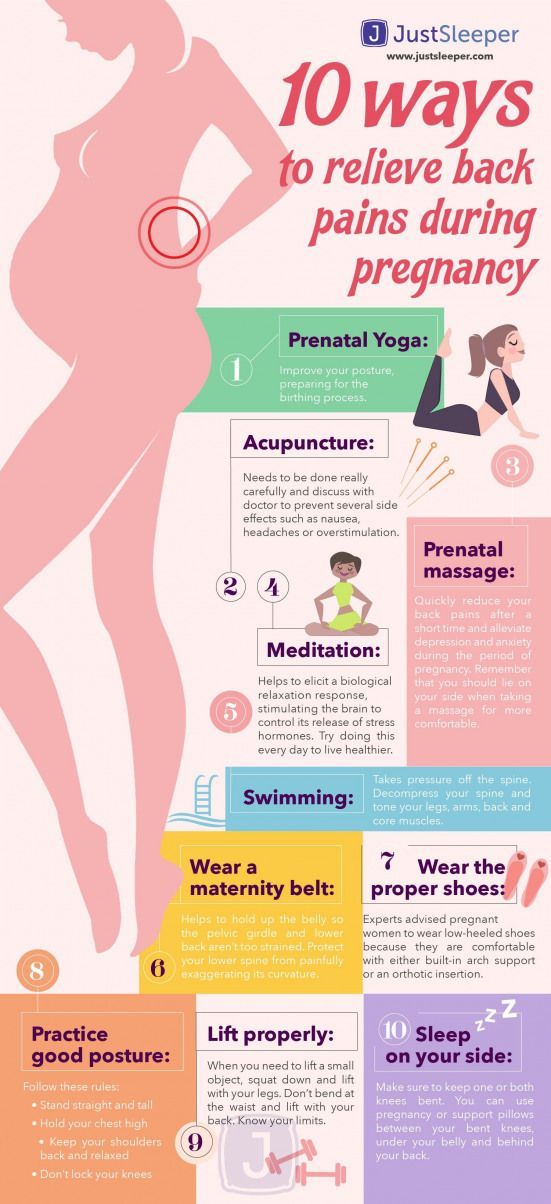 In such a case, the patient may need to take medical leave or risk being terminated if she is not eligible for leave.
In such a case, the patient may need to take medical leave or risk being terminated if she is not eligible for leave.
The way in which medical certification notes are written can affect whether an employee is able to be accommodated and, thus, continue working Box 1[email protected], a state-specific, online note-writing resource, was developed by the University of California’s Hastings Center for Work Life Law to assist medical providers in writing legally appropriate work accommodations letters: www.pregnantatwork.org (see the For More Information section).
Obstetrician–gynecologists and other obstetric care providers also can assist pregnant women and their partners by providing them with information and resources that might help them better understand their employment rights. However, in cases for which potential job discrimination has occurred, accommodations are denied, extended medical leave is necessary, or when other complex employment questions arise, legal assistance should be obtained. Local resources, in the form of social work referral, also can be provided. There are several toll-free legal hot-lines available, some of which also provide free or low-cost legal services (see the For More Information section).
Local resources, in the form of social work referral, also can be provided. There are several toll-free legal hot-lines available, some of which also provide free or low-cost legal services (see the For More Information section).
For More Information
The American College of Obstetricians and Gynecologists has identified additional resources on topics related to this document that may be helpful for ob-gyns, other health care providers, and patients. You may view these resources at www.acog.org/More-Info/Employment Considerations.
These resources are for information only and are not meant to be comprehensive. Referral to these resources does not imply the American College of Obstetricians and Gynecologists’ endorsement of the organization, the organization’s website, or the content of the resource. The resources may change without notice.
Copyright April 2018 by the American College of Obstetricians and Gynecologists. All rights reserved. No part of this publication may be reproduced, stored in a retrieval system, posted on the Internet, or transmitted, in any form or by any means, electronic, mechanical, photocopying, recording, or otherwise, without prior written permission from the publisher.
Requests for authorization to make photocopies should be directed to Copyright Clearance Center, 222 Rosewood Drive, Danvers, MA 01923, (978) 750-8400.
American College of Obstetricians and Gynecologists
409 12th Street, SW, PO Box 96920, Washington, DC 20090-6920
Employment considerations during pregnancy and the postpartum period. ACOG Committee Opinion No 733. American College of Obstetricians and Gynecologists. Obstet Gynecol 2018;131:e115–23.
This information is designed as an educational resource to aid clinicians in providing obstetric and gynecologic care, and use of this information is voluntary. This information should not be considered as inclusive of all proper treatments or methods of care or as a statement of the standard of care. It is not intended to substitute for the independent professional judgment of the treating clinician. Variations in practice may be warranted when, in the reasonable judgment of the treating clinician, such course of action is indicated by the condition of the patient, limitations of available resources, or advances in knowledge or technology. The American College of Obstetricians and Gynecologists reviews its publications regularly; however, its publications may not reflect the most recent evidence. Any updates to this document can be found on www.acog.org or by calling the ACOG Resource Center.
The American College of Obstetricians and Gynecologists reviews its publications regularly; however, its publications may not reflect the most recent evidence. Any updates to this document can be found on www.acog.org or by calling the ACOG Resource Center.
While ACOG makes every effort to present accurate and reliable information, this publication is provided “as is” without any warranty of accuracy, reliability, or otherwise, either express or implied. ACOG does not guarantee, warrant, or endorse the products or services of any firm, organization, or person. Neither ACOG nor its officers, directors, members, employees, or agents will be liable for any loss, damage, or claim with respect to any liabilities, including direct, special, indirect, or consequential damages, incurred in connection with this publication or reliance on the information presented.
Physical Demands (lifting, standing, bending) - Reproductive Health | NIOSH
Español (Spanish)
Physical demands at work could increase your chances of miscarriage, preterm birth, or injury during pregnancy.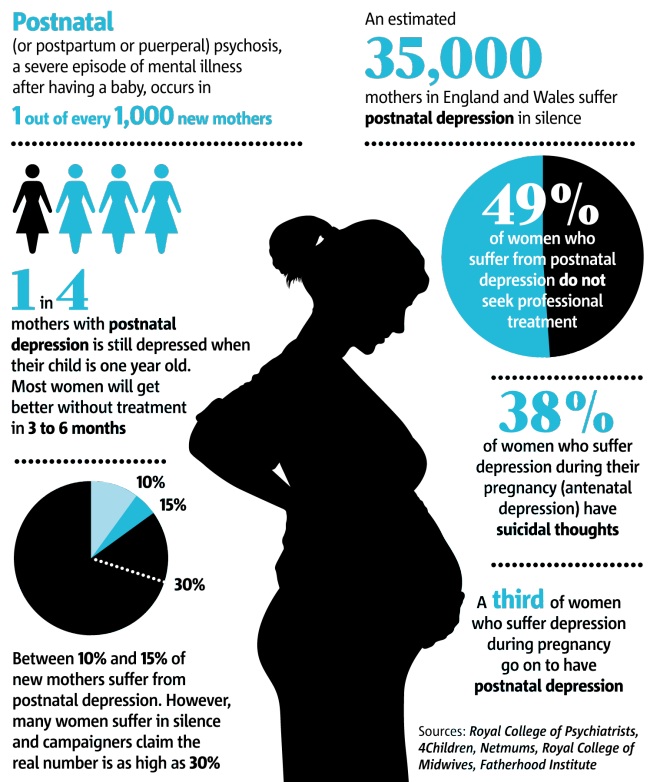 Learn more about reducing physical factors for a healthier pregnancy.
Learn more about reducing physical factors for a healthier pregnancy.
What are physical demands?
Physical factors can include:
- Lifting heavy objects (e.g., waitress carrying a tray or food to customers)
- Standing for long periods of time
- Repeatedly bending at the waist
Why should I worry about physical demands?
Everyday physical activities aren’t a cause for concern. In fact, moderate exercise during pregnancy with your doctor’s approval can help promote a healthy pregnancy. However, physical demands can put some workers at risk.
- High physical demands, like those listed above, may increase risks for adverse birth outcomes.
- Prolonged standing or heavy lifting can cause an increased chance of miscarriage or preterm delivery (premature birth).
- Changes in a pregnant woman’s hormones impact ligaments and joints in the spine to accommodate the developing baby. These changes can make a pregnant woman more prone to musculoskeletal injury from physical job demands.
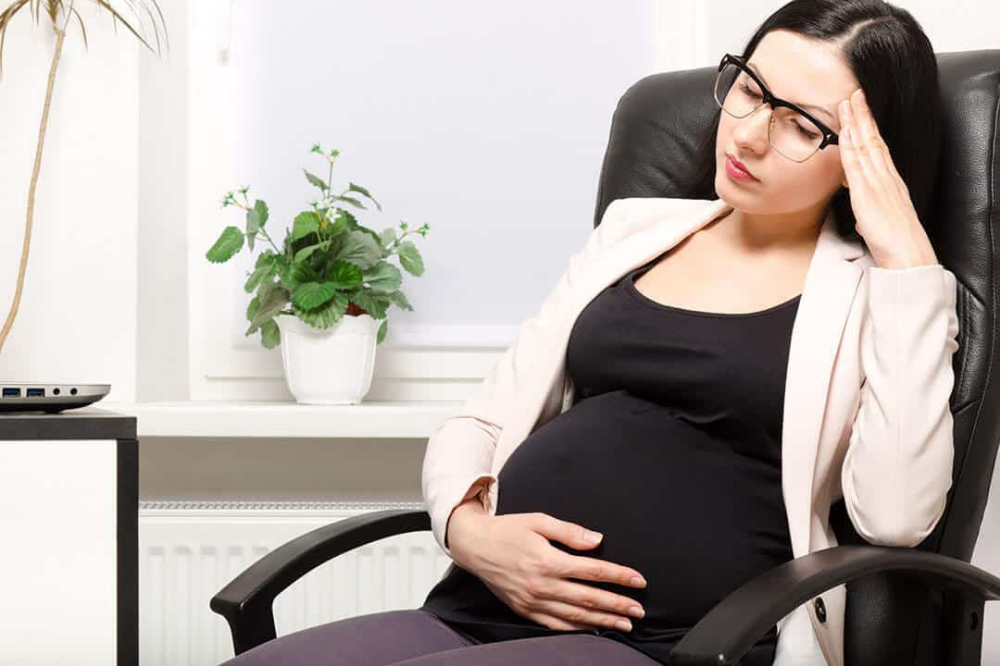 This can happen even before she “looks” pregnant or starts to show.
This can happen even before she “looks” pregnant or starts to show. - During late pregnancy, changes in body size and body weight can impact balance. These changes also impact postures used to perform physical demands at work. Changes in balance and posture may increase the risk of falls and musculoskeletal injury.
- Physical demands at work may be linked with menstrual disorders, which might reduce fertility.
What jobs commonly involve high physical demands?
Many types of jobs can involve physical factors, including:
- Healthcare workers
- Manufacturing workers
- Construction crews
- Service workers
- Flight attendants
- Firefighters
- Childcare providers and teachers
- Farm and greenhouse workers
- Law enforcement officers
What is not known?
- We don’t know what causes most menstrual disorders, miscarriages, or preterm births. If one of these events occurs, we often can’t tell if the cause was job-related physical labor or something else.

- We don’t know what amount of heavy lifting, prolonged standing, or bending is safe for each pregnant woman. It depends partially on each woman’s health, physical fitness level, and stage of pregnancy. Talk to your doctor about what level of strenuous physical activity is appropriate for you.
What can I do to reduce or eliminate exposure?
- Discuss these recommendations for lifting during pregnancyimage icon with your doctor. (Infografía en españolimage icon)
- If you are pregnant and working, you may want to reduce or avoid:
- Stooping, bending, or squatting often
- Lifting heavy objects from the floor or any location that requires you to bend or reach
- Lifting overhead or reaching
- Standing for 3 hours or more
- If you are pregnant and work in a physically demanding job, you may benefit from sitting down during breaks.
Where can I get more information?
View an infographic on provisional weight limits for lifting during pregnancy. (en español)
(en español)
Read about provisional recommended weight limits for manual lifting during pregnancy and clinical guidelines for occupational lifting in pregnancy.
Top of Page
Work during pregnancy
Was she stressed? Did you work in a hazardous industry? Did you work the night shift?
Naturally, stress and night shifts will not bring benefits to the unborn child. But, if the work gives a woman pleasure, not heavy and beloved, then there is not much point in leaving her.
During pregnancy, a normal working day is not contraindicated for a woman. However, getting up early, inconvenience in transport (even if you have your own car), exhaust fumes, rush, stress at work - all this can have a harmful effect on the body of the expectant mother and baby. nine0003
Many women, fearing to displease their superiors and fear of being fired, hide their ailments, are afraid to eat outside of the lunch break, to go out into the fresh air. But it is necessary to give your body an indulgence already in the first 3 months of pregnancy. The working day of a pregnant woman should not exceed six hours.
The working day of a pregnant woman should not exceed six hours.
If a pregnant woman decides not to leave work during her pregnancy, she will need to follow a few simple rules:
- If possible, do not overwork or be nervous. nine0014
- In the case of sedentary work, regularly take small breaks - stretch, walk around.
- It is very important to eat right - take food from home or in the canteen.
- It is advisable to arrange small snacks - dried fruits, muesli, apples, crackers.
What is not recommended?
Expectant mothers are not recommended to work with chemicals, work "on their feet" (hairdressers, waitresses), prolonged stay at the computer. Although all modern computers are equipped with high degrees of protection, if possible, it is better to change to an LCD monitor or use a laptop. And you need to make sure that the neighboring computer, turned to the pregnant back, is no closer than 2 meters. nine0003
What is prohibited?
During pregnancy, heavy and underground work, as well as carrying and moving heavy loads, are prohibited.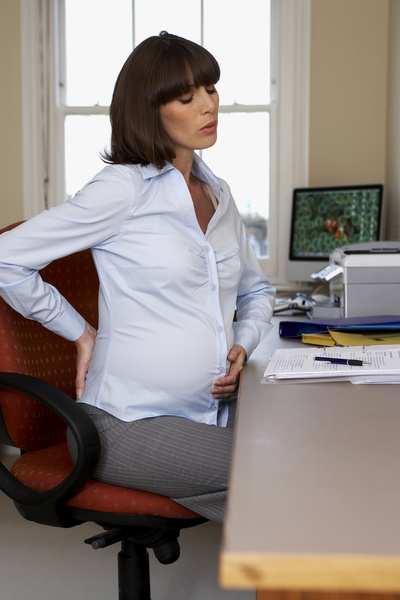 Pregnant women are not allowed to work at night. The exceptions are those sectors where these measures are caused by extreme necessity and are of a temporary nature.
Pregnant women are not allowed to work at night. The exceptions are those sectors where these measures are caused by extreme necessity and are of a temporary nature.
You cannot force a woman in position to work overtime and on weekends, to send her on business trips.
What kind of vacation is due to a pregnant woman?
Nevertheless, even if a woman observes the correct regime, and at work she is met in everything, she must go on prenatal leave two months before giving birth. It is even better to take a regular vacation before maternity leave. After all, a woman has to perform the most important work in life: to give birth to a healthy child. nine0003
In our country, a woman has the right to maternity leave of 70 calendar days before childbirth and 70 after childbirth, in case of complicated childbirth - 86 days, and when two or more children are born - 110 days. Maternity leave is accrued in total and is granted to the woman in full, regardless of the number of days actually used before childbirth.
After giving birth, a woman can take parental leave up to 3 years.
Sources
- van Beukering M., Velu A., Schonewille LHN., Duijnhoven R., Mol BW., Brand T., Frings-Dresen M., Kok M. Evaluation of a blended care program for caregivers and working pregnant women to prevent adverse pregnancy outcomes: an intervention study. // Occup Environ Med - 2021 - Vol - NNULL - p.; PMID:33875554
- Weschenfelder F., Lohse K., Lehmann T., Schleußner E., Groten T. Circadian rhythm and gestational diabetes: working conditions, sleeping habits and lifestyle influence insulin dependency during pregnancy. // Acta Diabetol - 2021 - Vol - NNULL - p.; PMID:33837820
- Widowati R., Kundaryanti R., Julian DA., Raushanfikri A. Pregnancy and work stress: investigation of factors relating stress level of pregnant working women in Indonesia. // Gac Sanit - 2021 - Vol35 Suppl 1 - NNULL - p.S38-S41; PMID:33832622
- Wood A., Hussain ST. Working with radiation in pregnancy: a guide for cardiologists.
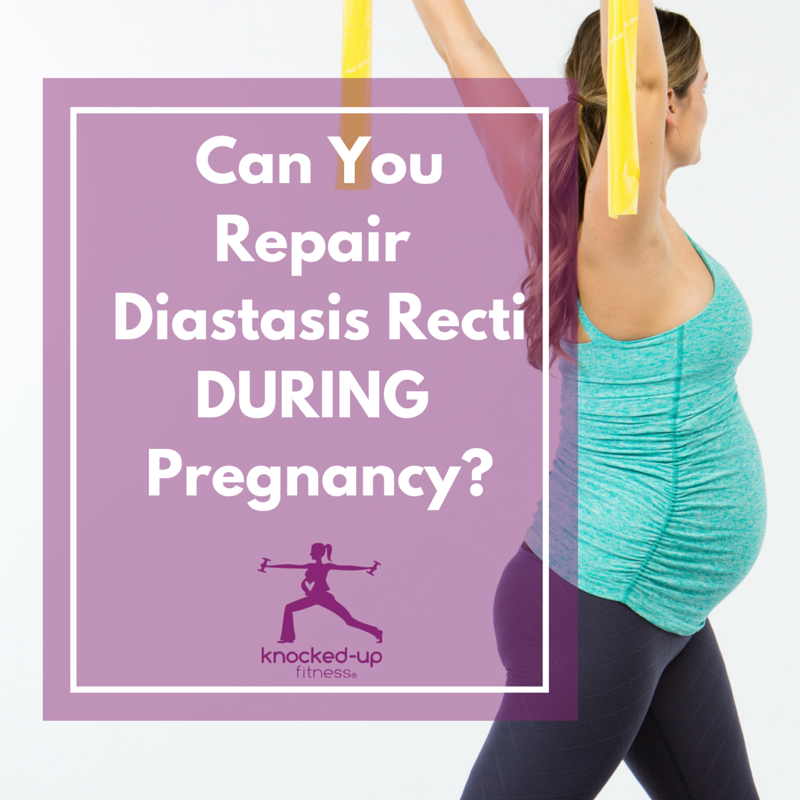 // Heart - 2021 - Vol - NNULL - p.; PMID:33707227
// Heart - 2021 - Vol - NNULL - p.; PMID:33707227 - Hossain-López S., Ruiz-Berdún D. Being a woman, being a soldier, being a mother: a qualitative analysis of perceptions of pregnancy on working lives of women in the Spanish Armed Forces. // BMJ Mil Health - 2021 - Vol - NNULL - p.; PMID:33688081
- Pieters S., Brett BE., Beijers R., Kessels RPC., de Weerth C. Working memory from pregnancy to postpartum: Do women really change? // Psychoneuroendocrinology - 2021 - Vol126 - NNULL - p.105169; PMID:33611134
- Henrotin JB., Beringuier H., Groupe de Travail de L'étude GaT-Hospi GTLG. [Working at the hospital during pregnancy: A descriptive national cross-sectional study in France]. // Sante Publique - 2020 - VolVol. 31 - N5 - p.611-621; PMID:33124787
- Nadholta P., Bali P., Singh A., Anand A. Potential benefits of Yoga in pregnancy-related complications during the COVID-19pandemic and implications for working women. // Work - 2020 - Vol67 - N2 - p.269-279; PMID:33044208
- Kawase K.
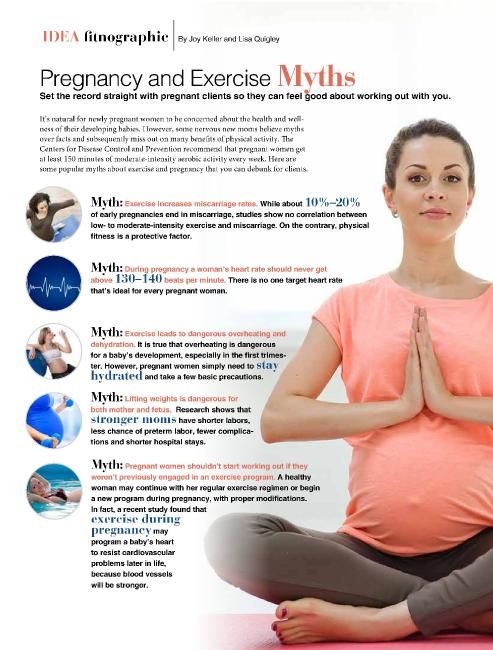 , Nomura K., Nomura S., Akashi-Tanaka S., Ogawa T., Shibasaki I., Shimada M., Taguchi T., Takeshita E., Tomizawa Y., Hanazaki K., Hanashi T. , Yamauchi H., Yamashita H., Nakamura S. How pregnancy and childbirth affect the working conditions and careers of women surgeons in Japan: findings of a nationwide survey conducted by the Japan Surgical Society. // Surg Today - 2021 - Vol51 - N2 - p.309-321; PMID:32901376
, Nomura K., Nomura S., Akashi-Tanaka S., Ogawa T., Shibasaki I., Shimada M., Taguchi T., Takeshita E., Tomizawa Y., Hanazaki K., Hanashi T. , Yamauchi H., Yamashita H., Nakamura S. How pregnancy and childbirth affect the working conditions and careers of women surgeons in Japan: findings of a nationwide survey conducted by the Japan Surgical Society. // Surg Today - 2021 - Vol51 - N2 - p.309-321; PMID:32901376 - Jones SW., Darra S., Davies M., Jones C., Sunderland-Evans W., Ward MRM. Collaborative working in health and social care: Lessons learned from post-hoc preliminary findings of a young families' pregnancy to age 2 project in South Wales, United Kingdom. // Health Soc Care Community - 2020 - Vol - NNULL - p.; PMID:32875635
Work during pregnancy: things to consider | Mamovedia
Many pregnant women do not want to quit their jobs during pregnancy and continue to perform their duties almost until the very birth. This raises the question of whether a pregnant woman should work and what should be considered when working during pregnancy? nine0003
In most cases, a pregnant woman will have to work until the line of 30 weeks. It is from this moment that a woman, according to the legislation of Ukraine, can go on maternity leave.
It is from this moment that a woman, according to the legislation of Ukraine, can go on maternity leave.
A pregnant woman must follow certain rules at work in order not to harm herself and her unborn baby.
Of course, working during pregnancy has many advantages. A working pregnant woman always looks good and is much less likely to put on extra pounds. In addition, at work, time flies faster, so there is no time left for worries and anxious thoughts. And of course, additional financial resources in the family will never hurt. nine0003
The above advantages apply only to those pregnant women whose pregnancy is going well and has no complications. If there is even the slightest threat to the fetus or the health of the woman, work should be left immediately. For every woman during this period, the most important thing is the health of the unborn baby, and not work.
Work that has irregular working hours or daily work is not suitable for a pregnant woman. A pregnant woman needs to observe the correct daily routine and eat right, and work should not interfere with this. nine0003
nine0003
Since all women get tired faster during pregnancy, they need more rest. Sleep pregnant should not be less than eight hours.
If the work of pregnant women is related to the computer, it is necessary to organize it correctly. Every hour you need to take breaks for rest, which should not be less than 10-15 minutes. When working at a computer, you can’t sit in one position all the time, you need to warm up at least once every half an hour, straighten your shoulders, and stretch your legs. Being motionless for a long time can lead to the development of blood stasis in the pelvic organs or to hemorrhoids. nine0003
Monitor screen must be at eye level. For the seat, a chair with an adjustable back and armrests is best suited.
When taking breaks at work, you need to get up, walk around, and best of all, go outside and get some fresh air.
It is very important to do regular eye exercises to help maintain vision and relieve stress. As an exercise, blinking and rotational movements of the eyeballs are best suited.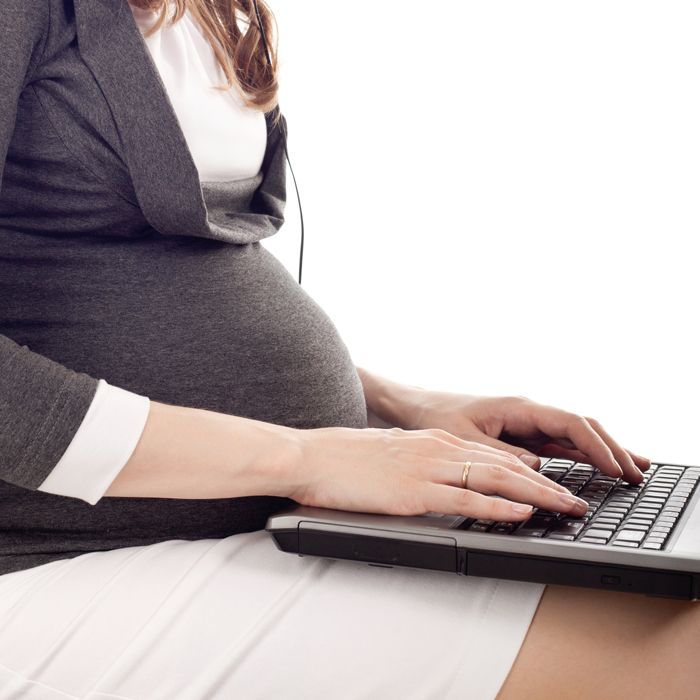 Exercises also help well, during which the gaze is focused either on distant objects, or on close ones. When working at a computer, the workplace should be well lit. nine0003
Exercises also help well, during which the gaze is focused either on distant objects, or on close ones. When working at a computer, the workplace should be well lit. nine0003
A pregnant woman needs a favorable atmosphere at work, because she doesn't need any extra worries and stress now. A pregnant woman should refuse work that involves stressful situations. In any case, you must try to treat everything with a positive attitude.
Since it is necessary to move a lot during pregnancy, pregnant women working in the office need to take a longer walk after work, walk along the alley of the park or just stay outside. It is also very important to do daily exercises for pregnant women. nine0003
Working from home or with a flexible schedule is best for pregnant women. Some managers make concessions to the pregnant woman and agree to a floating work schedule, reduce workloads or allow her to work from home. But not everyone is so lucky.
Even if a pregnant woman feels great and enjoys her work, it is not worth working until the birth itself.












